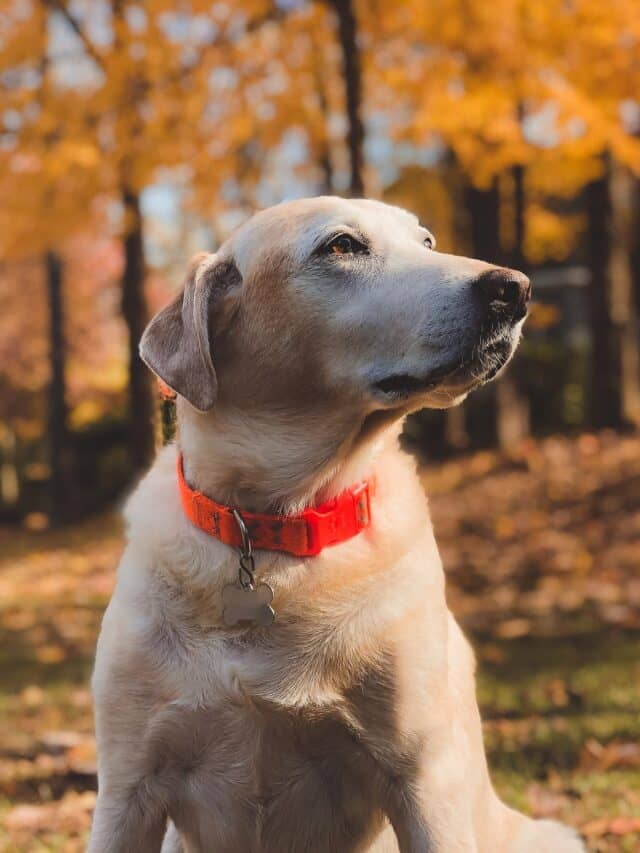Okay, here is an elaborate article on the topic, incorporating the points discussed.
The Awkward Roommate: Navigating Sex When Your Dog is Watching
Let’s face it: for many dog owners, our furry companions are practically glued to our sides. They share our couches, our floors, and often, our bedrooms. So, it’s almost inevitable that the question arises, sometimes whispered, sometimes typed frantically into a search engine: Is it actually okay to be intimate, you know, have sex, when your dog is in the room?
It’s a scenario more common than many might admit. In the heat of the moment, asking Fido to leave might not be the first thought. Or perhaps your dog usually sleeps soundly at the foot of the bed, and it seems like more hassle to move them. Whatever the reason, finding yourself mid-embrace under the watchful (or maybe sleepy) gaze of your canine companion sparks a unique blend of awkwardness, amusement, and genuine concern.
So, what’s the verdict? Does your dog understand? Do they care? And most importantly, is it okay for them, and for you? As with most things involving our complex pets, the answer isn’t a simple yes or no. It depends heavily on the individual dog, the specific situation, and your own comfort levels.
How Do Dogs Perceive Human Intimacy?
First, let’s clear up a major point: Your dog does not understand human sexuality in the way humans do. They aren’t grasping the emotional nuances, the relationship dynamics, or the concept of romantic love manifesting physically. Instead, they interpret the situation through their own sensory world, focusing on:
- Sounds: Vocalizations (yours and your partner’s) can be confusing. Are they sounds of play, distress, or aggression? Unusual moans, groans, or sharp cries might put a dog on edge.
- Movements: The physical activity might resemble rough play, a struggle, or just unusual, unpredictable movement, which can be exciting or alarming depending on the dog’s temperament.
- Emotions & Pheromones: Dogs are incredibly attuned to human emotions through tone of voice, body language, and even scent (pheromones). If you’re feeling anxious, stressed, or even highly excited, your dog will likely pick up on it, though they won’t understand the why.
- Context: Is this happening on their favourite sleeping spot (the bed)? Is their routine being disrupted?
Essentially, your dog isn’t judging your performance or blushing. They’re trying to figure out: “What is happening? Is it safe? Is it play? Is anyone hurt? Does this involve me?”
Common Canine Reactions – And What They Might Mean
How a dog responds can range dramatically:
- Complete Indifference: Many dogs will simply sigh, roll over, and continue sleeping, especially if they’re generally laid-back or used to various household noises. This is often the ideal, least problematic reaction.
- Mild Curiosity: Some dogs might lift their head, watch for a bit with a curious head tilt, maybe let out a soft whine, and then settle back down. They recognize something unusual is happening but aren’t overly concerned.
- Anxiety or Fear: This is a key reason to reconsider. Signs include whining, excessive panting, trembling, pacing, trying to hide, pinning ears back, or showing the whites of their eyes (“whale eye”). The sounds or movements might be genuinely frightening to them.
- Protectiveness: If a dog misinterprets the sounds or movements as one partner attacking the other, their protective instincts might kick in. This could involve barking, growling, jumping on the bed, or trying to get between partners. This can be stressful for everyone and potentially dangerous.
- Attempting to Join In: Mistaking the activity for a fun roughhousing session, some dogs might get excited and try to jump up, lick faces, or nudge for attention, effectively killing the mood.
- Arousal: Though less common and not fully understood, some dogs might become physiologically aroused themselves due to the excitement, pheromones, or confusion.
It’s Not Just About the Dog: Your Comfort Matters Too
Even if your dog seems perfectly fine snoozing through the whole event, your feelings are equally important. For many people, intimacy is a deeply private act.
- Distraction: Knowing your dog is there, potentially watching, can be incredibly distracting and make it difficult to relax and connect with your partner.
- Feeling Watched: It can simply feel awkward or inhibit your ability to be fully present in the moment.
- Interruptions: Even a well-meaning dog shifting position, sighing loudly, or deciding it’s time for a noisy drink of water can disrupt the mood.
If having your dog present makes either you or your partner uncomfortable for any reason, that’s a valid reason to ensure privacy.
When Is It Definitely NOT Okay?
While some situations might fall into a grey area, there are clear times when having sex in front of your dog is a bad idea:
- If the dog shows ANY signs of stress or anxiety: Prioritize their well-being. Forcing them to endure something frightening is unkind.
- If the dog becomes protective or aggressive: This is unsafe for humans and indicates the dog is severely misinterpreting the situation.
- If the dog repeatedly tries to interrupt or join in: It’s disruptive and suggests they aren’t coping well with being ignored during the activity.
- If the dog develops negative associations: You don’t want your dog to start associating your bedroom or bed with confusing or stressful events.
- If either human partner is uncomfortable.
Practical Advice for Pet Owners
So, how do you navigate this delicate intersection of pet ownership and private life?
- Observe YOUR Dog: Pay close attention to your individual dog’s typical reactions. Don’t assume based on other people’s experiences.
- Establish Boundaries: Ideally, train your dog to sleep comfortably in their own bed, perhaps in the same room or just outside. A solid “go to your place” command is invaluable.
- Create a Safe Alternative Space: If you prefer the dog out of the room, ensure they have a comfortable, appealing spot elsewhere (a cosy bed, a crate if they are crate-trained and happy there) with maybe a chew toy.
- Routine Management: If you anticipate intimacy, calmly lead your dog to their designated spot before things start, perhaps with a special treat or chew to create a positive association. Don’t suddenly kick them out mid-action, as this can cause confusion or anxiety.
- Prioritize Comfort (Yours and Theirs): If your dog sleeps soundly through anything and neither you nor your partner minds, it might be okay. But if there’s any doubt, any sign of stress (canine or human), err on the side of giving everyone separate space.
Conclusion: Empathy and Boundaries
Ultimately, there’s no universal rulebook for sharing your intimate life with a canine audience. The decision rests on careful observation, empathy for your pet’s potential confusion or stress, and open communication with your partner about mutual comfort levels.
Our dogs enrich our lives immeasurably, but responsible ownership means recognizing situations that might be overwhelming or stressful for them, even if unintentionally so. Sometimes, the kindest and most practical boundary is simply a closed bedroom door, ensuring peace and privacy for everyone involved – on two legs and four.

Dr. Suranjan Sarkar is a veterinarian and also a writer and editor for both print and digital with a love for travel, animal, and architecture. Much of his writing has focused on human and animal health and welfare. A life-long pet owner, His two favorite canine quotes are, “Be the kind of person your dog thinks you are,” and “Dogs communicate their feelings honestly and directly. There’s no hidden agenda or manipulation.”









